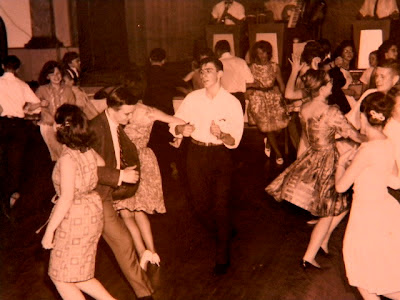This is a story I wrote about nine months after Ivaan left the planet. I reread it today and realized that, although the fourth anniversary of Ivaan's death is approaching, he still feels just as present to me. Here, then, is "The W Word":
 |
| our wedding reception April, 1995. |
The W word took me completely by
surprise. I’d contemplated
the possibility of its appearance, turned it over in my mind a couple of times,
and then decided it was unlikely to crop up at all. Even if it did, it would likely appear in a drop-down menu
of possibilities, requiring only a check mark beside the appropriate
selection: single, married,
common-law, divorced, widowed.
But it was 2009 and I was completing a Canadian passport application,
not an application for a marriage licence, for which one’s marital status
actually has some relevance. Years
ago, a friend told me that when she married in Wales at the age of 20, her
occupation was noted on the marriage licence as “spinster seamstress”. It seemed funny at the time.
I only wished I were completing an
application for a marriage licence.
If I were, I’d be able to turn back the clock and relive all the years
of our remarkably happy marriage.
The recipe for a happy marriage is for each partner to believe secretly
that he (or she) is the luckier of the two. In our case, it was no secret: I was definitely the lucky one, because my husband was not
only brilliant, talented, adored by everyone, gregarious and witty, he was also
drop-dead gorgeous. If he were
reading over my shoulder now, he’d be pointing out that he was quite literally
drop-dead gorgeous. Never
one to let picayune details get in the way of a really good story, Ivaan would
have ignored the fact that he didn’t actually drop dead, but died slowly over a
number of days, following a massive stroke he’d suffered during brain
surgery.
Four months later, while completing an
application for a new passport, I found myself confronted by the W word. How is
it that I attended the funeral, several dinners and receptions held in memory
of Ivaan without understanding that the W word now applied to me? Even worse, the passport
application provided a blank line on which I was apparently required to write
the word. Offended, I completed
the rest of the information, leaving my marital status blank, folded the
application and put it away.
Widowhood is an honourable state. Widows are depicted in literature as
tragic, noble, sometimes merry.
The widow’s peak, a v-shaped point in the centre of the hairline,
reminiscent of the hood worn by bereaved women, was believed in English
folklore to identify a woman who would outlive her husband. Then there is the black widow spider,
the female of which occasionally eats her partner after mating. It’s interesting to note that even
males of the species are referred to as black widow spiders. Dracula had a widow’s peak. I don’t.
Three weeks elapsed before I pulled out the
passport application again. I
looked at the grim, unsmiling photos that I’d had taken and wondered if it was
worth investing in a new set.
Something about these images brought to mind the passport I had the year
we were married. I looked
solemn, serene, and – dare I say it?
Drop dead gorgeous. I
looked so good in that passport photo that Customs officers in every country we
visited did a double-take. No, I
decided, better the devil you know than the devil you don’t know. I’d keep the photos I already had,
because the next ones would probably be even worse.
Reconciled though I was to my passport
photo, I balked at writing the W word on my application. I called friends and family for
advice. Their replies ranged from
“just leave it blank” to “just write Married. Who will even notice?”
Nobody suggested I capitulate and write the W word.
The problem with widowhood is that it’s a
marital status few people would choose.
For the most part, we marry freely and expect that our marriage will
enrich our lives. If it doesn’t,
separation or divorce are admittedly imperfect ways of wiping the slate clean
and reclaiming our single status.
It’s likely fair to say that most newly-single people find social
occasions – weddings, dinner parties, even funerals – awkward. It’s probably like being a teenager all
over again, unsure of the rules, anxious to fit in, feeling as though they are
under a microscope.
No such agonies exist for me, although I
usually find that my hosts have taken particular pains to ensure my
comfort. They seat me close to
interesting people who have clearly been forewarned about my new marital
status, so that they never ask indelicate questions and carefully steer the
conversation around any potential minefields. At a recent wedding, I was astonished when a very charming
and attractive stranger sat next to me and announced, “I’m told I’m your date
this evening.” He was very
entertaining, and I thoroughly
enjoyed his company, but I felt like I was attending with two dates – the one
who was refilling my glass and the one I’d come with. Because eight months after Ivaan left the planet, I don’t
feel his absence. On the contrary,
the air around me still feels suffused with his warm presence. While he’s here
in spirit, the W word doesn’t apply.
Finally, though, there was the matter of
the passport application. I
decided to tell the truth, and let the Passport Office do what they liked with
my application. On the blank line
beside Marital Status, in large block letters, I wrote MARRIED. Underneath, in very small letters
enclosed by parentheses, I added (but
widowed).


